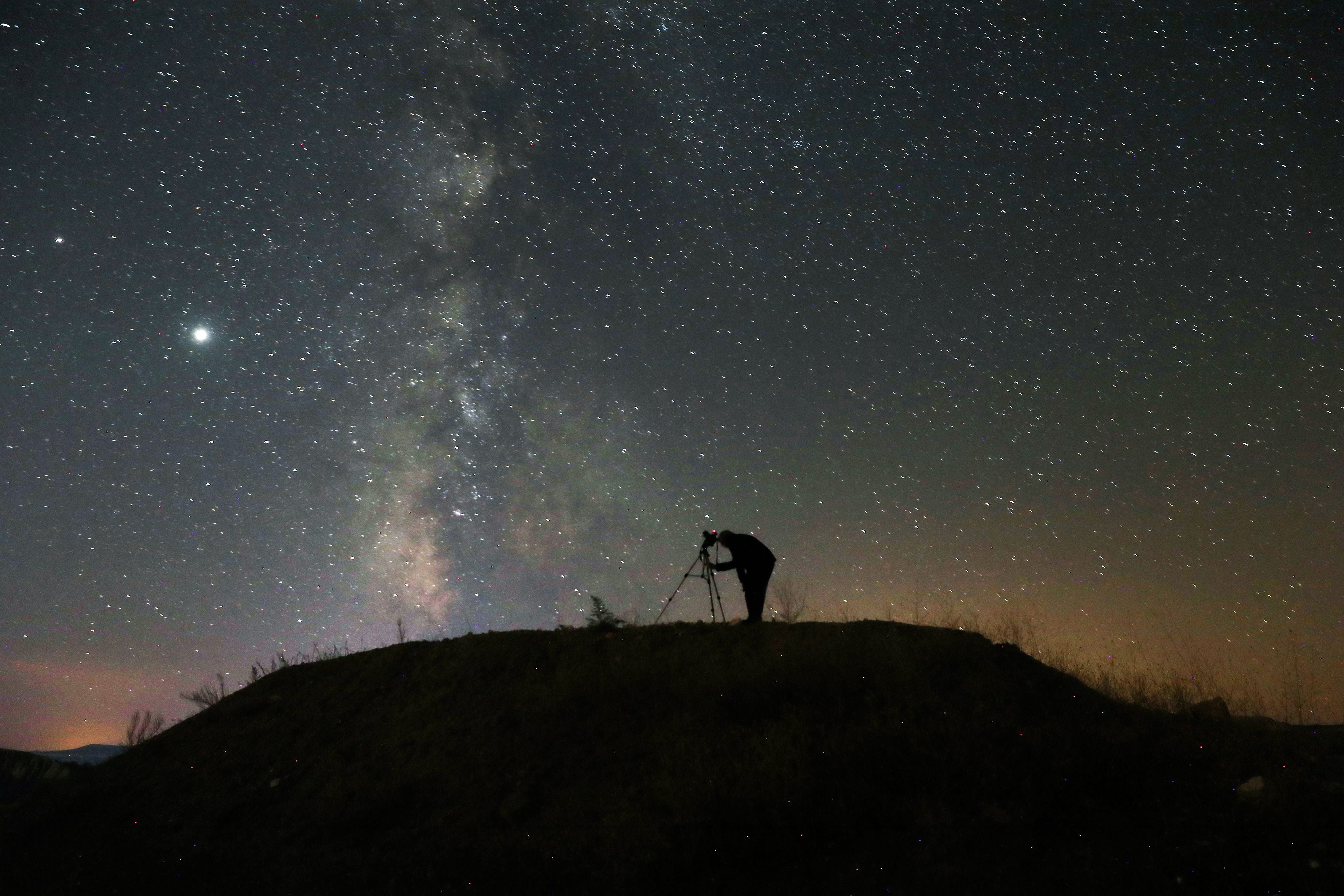Cosmic rays being sent towards the Earth are not coming from where we thought, scientists say

Cosmic rays that bombard the Earth are not coming from where we thought, scientists say – and we might have found their source.
For decades researchers have thought that the cosmic rays that come to the Earth from the edges of the galaxy begin in stars that go supernova. That happens when they grow so large that they are unable to support their own cores, and explode.
Researchers can be sure that such cosmic rays are reaching us – and at such high velocities – because of experiments including the High-Altitude Water Cherenkov (HAWC) observatory near Puebla, Mexico, which uses big metal tanks of water that light up when they are struck by high-energy particles.
But scientists now say those high-energy particles do not appear to have come from supernovae, since they are not powerful enough to do so with the vast amounts of energy that have been observed. Even though supernovae can destroy a whole solar system, they do not have the power to hit us with such energetic rays, the researchers say.
Instead, the fast cosmic rays in fact seem to be comign from star clusters that serve as accelerators and throw the particles across the galaxy with such intense amounts of energy, according to new research.
Papers describing the new findings, which researchers describe as a paradigm shift, have been published in Nature Astronomy and Astrophysical Journal Letters.
While it has been presumed that those rays are coming from the remnants of supernovae, researchers say it is theoretically difficult to explain, and there have been no evidence that the very energetic cosmic rays are coming from such supernova.
Researchers had already seen hints that it could be star clusters that were in fact responsible. But they have now seen confirmation that they are able to do so, in work that looked at the Cygnus Cocoon, a “superbubble” that surrounds an area where massive stars are being formed.
Such star forming regions appear to be prime candidates for “PeVatrons”, the researchers say. (PeVatrons is the name for PeV accelerators, with petaelectronvolts or PeVs being a marker of the amount of energy needed to move particles at such high velocities.)
“There have been several other hints that star clusters could be part of the story,” said Henrike Fleischhack, one of the researchers on the study, in a statement. “Now we are getting confirmation that they are able to go to highest energies.”
Star clusters are made out of the remains of a supernova. They are also known as star cradles, and are made up of winds and clouds of debris that are gathered together in violent and extreme patches of space.
As their name suggests, they are filled with hundreds of stars that are clustered together in a very limited number of space: hundreds of massive objects known as spectral type O and type B are gathered in areas just over 100 light years across.
It’s between those stars that the cosmic rays are flung across the universe.
“Spectral type O stars are the most massive,” said Binita Hona, another of the many researchers on the new papers. “When their winds interact with each other, shock waves form, which is where acceleration happens.”
Join our commenting forum
Join thought-provoking conversations, follow other Independent readers and see their replies
Comments
Bookmark popover
Removed from bookmarks